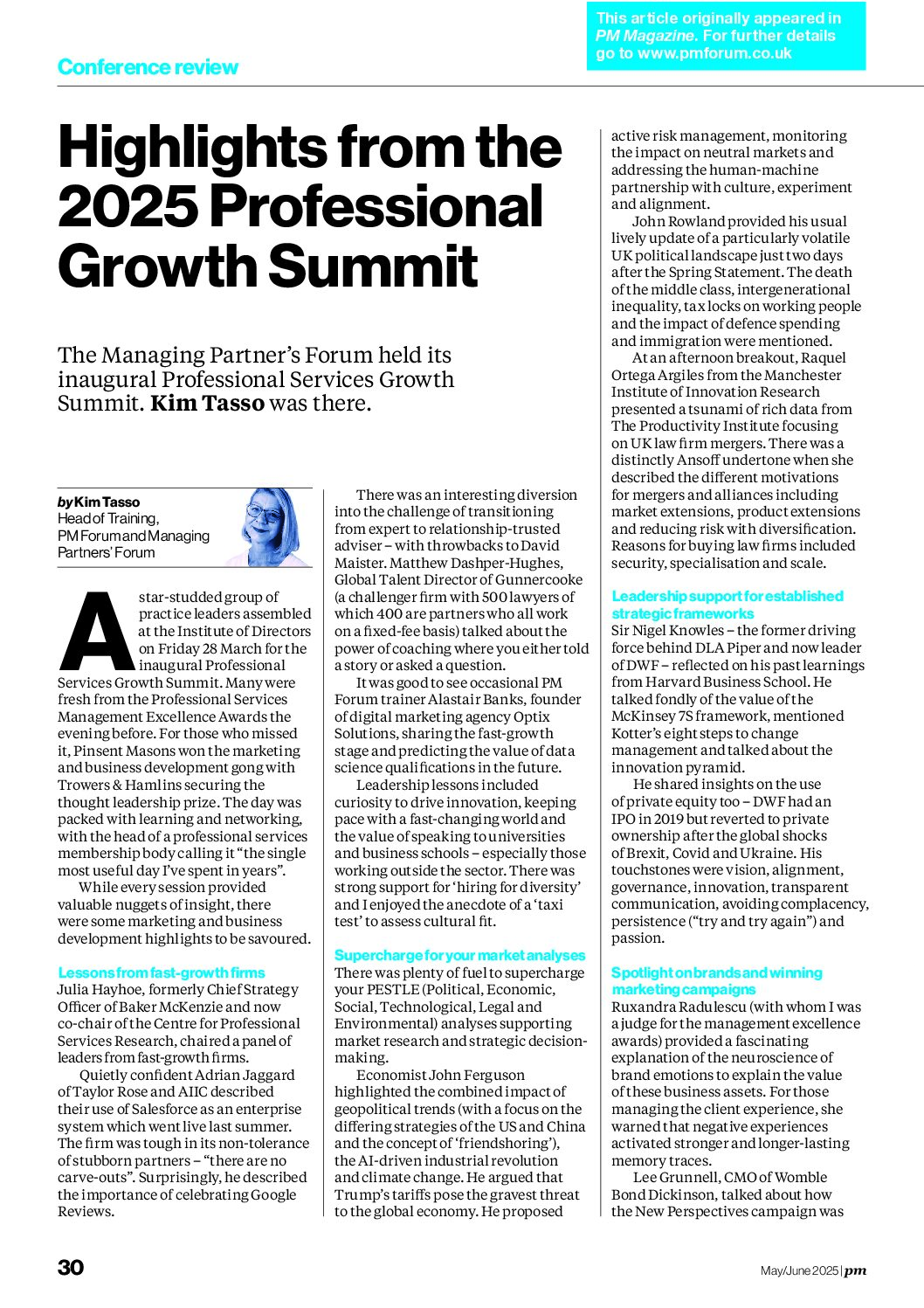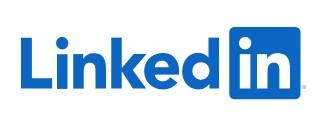I have just finished writing a book review, which will appear in a future edition of Professional Marketing magazine, on the book “Inbound marketing – Getting found using Google, social media and blogs” which is one of the CIM’s standard texts for its Digital Marketing diploma (along with ‘Understanding Digital Marketing: Marketing strategies for engaging the digital generation’ by Damian Ryan and Calvin Jones and “Online marketing – A customer led approach” by Richard Gay, Alan Charlesworth and Rita Esen).
There were lots of interesting facts in the book, for example:
– The open rate for emails has fallen from 39% in 2004 to 22% in 2008
– Spend half your time writing your (blog) article, and half your time writing a catchy title
– 75% click on organic listings (rather than PPC and sponsored links)
– The 10 results on the first SERPs page capture 89% of the traffic
– Front page Digg articles can receive 25,000 views in a single day
– You should have a 1% visitor to conversion rate on untargeted traffic
– A good landing page can convert 50% of visitors into qualified leads
– Spend 80% of your time getting more visitors and 20% converting them
– On average, inbound marketing leads are 61% less expensive than outbound leads
Although it is an introductory book – and sometimes provides guidance on the most basic of Internet features – there is plenty of pragmatic advice that you can apply simply and easily yourself for instant results. Particularly easy to remember guidance included:
– VEPA (Valuable. Easy to use. Prominent. Action oriented) calls to action
– DARC (Digital citizens. Analytical chops. Reach. Content creators) hiring policy – and what questions to ask digital marketers and digital PR agencies at interview.
Happily, the need for quality content – and good titles – is stressed throughout the book. There were several helpful tools mentioned in the book, most of which are produced by Hubspot (the company of the authors), and I defy you not to be tempted run your own site, blog and Twitter accounts through them, for example:
www.website.grader.com
www.twables.com
www.google.com/addurl
http://twitter.grader.com
http://www.facebookgrader.com/
www.Compete.com
www.inboundmarketing.com
At the end of the book there is a valuable checklist of what you should do if you are just embarking on your use of inbound marketing. A summarised version is below:
1. Pick a name that works
2. Put up a simple web site (with a CMS)
3. Get some links to your web site
4. Set up a Twitter account
5. Set up an email subscription
6. Get a nice logo
7. Setup a simple Facebook business page
8. Create a simple Facebook URL
9. Kick off a blog
10. Write a blog article
11. Set up Google Alerts
12. Find your three closest competitors
13. Update your LinkedIn profile
14. Find related Twitter users
15. Create a Stumbleupon account
16. Subscribe to Linkedin Answers
17. Find bloggers who are writing about your topic area
18. Start building business contacts on Facebook
19. Grade your web site on website grader
20. Install web analytics software (why not at the outset?)
21. Engage your blog commentators
22. Promote your promoters
23. Grab your company name on Youtube
24. Create and post a screen cast
25. Make a list of the top people in your industry
26. Subscribe to your personal LinkedIn RSS feed
Kim Tasso









